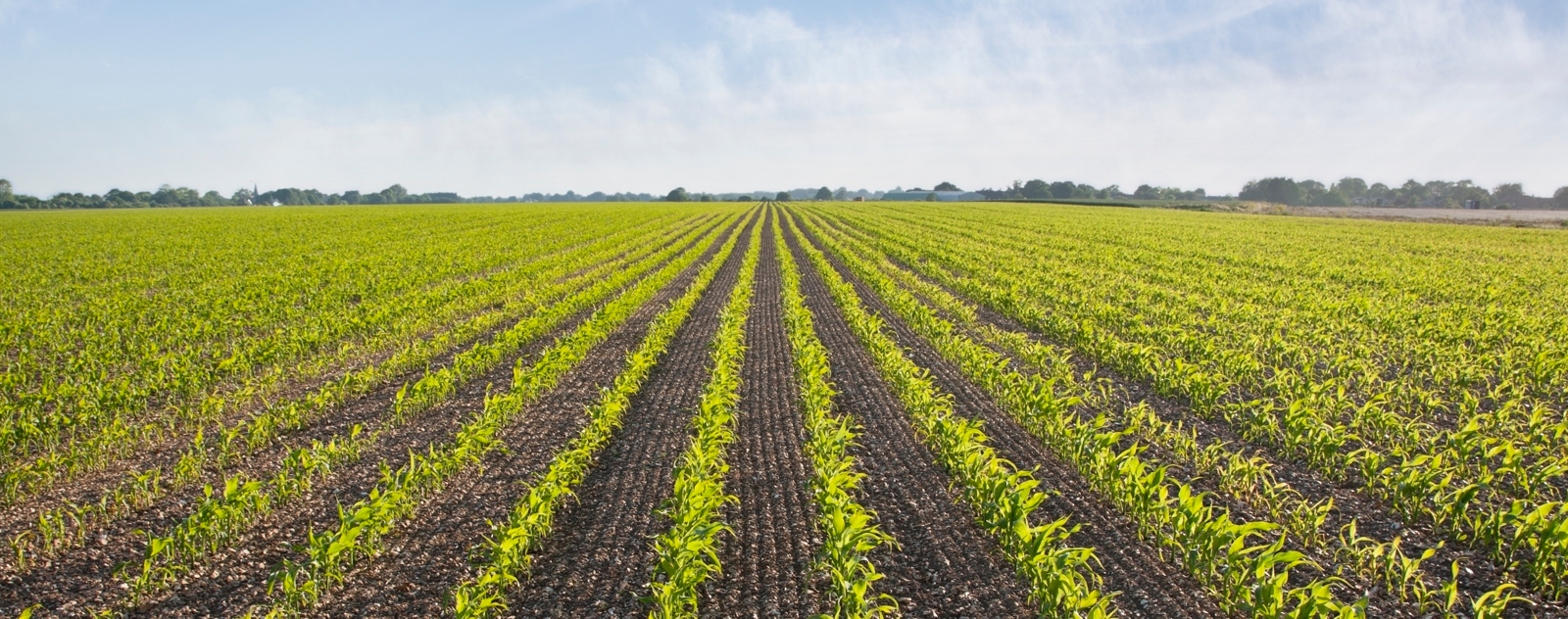From Diets to Tech: The Opportunity in Sustainable Agriculture
Key Points
- Carrying on with business as usual is not an option for global agriculture and food systems. In fact, an academic study suggests an 87% increase in GHG emissions and a 67% increase in demand for cropland to meet the anticipated increase in food demand between 2010 and 2050.1
- The use of innovative technologies such as Precision and Digital Ag, biological solutions and seed technology are key to boosting agricultural productivity with a reduced environmental impact.
- Protein production needs to be made more sustainable with improving productivity in the form of animal feed and health. A shift in people’s diets—from animal-based to more plant-based—is also necessary.
- A third of all food produced for human consumption is lost or wasted along the supply chain with losses and waste at every stage in the food system.
- At Barings, we believe that by integrating environmental, social and governance (“ESG”) into research due diligence, it is possible to uncover risks that are not apparent from traditional fundamental analysis—and to identify increasingly sustainable business practices and investment opportunities. This philosophy is achieved through a focus on integration, forward-looking dynamics, and active engagement over a reliance on exclusion, in order to unlock long-term returns in equities.
- Focusing on our approach, we refrain from speculating on food prices (which can stoke food inflation). Instead, we concentrate on the components within the infrastructure that support the industry do more with less, increasing productivity to support a growing global population by increasing yields and sustainability in the process, and doing so with a lower carbon footprint than the universe’s average.
1. Source: Springmann, M. et al (2018), Options for keeping the food system within environmental limits, Nature, 562 (7728), pp. 519–525.





